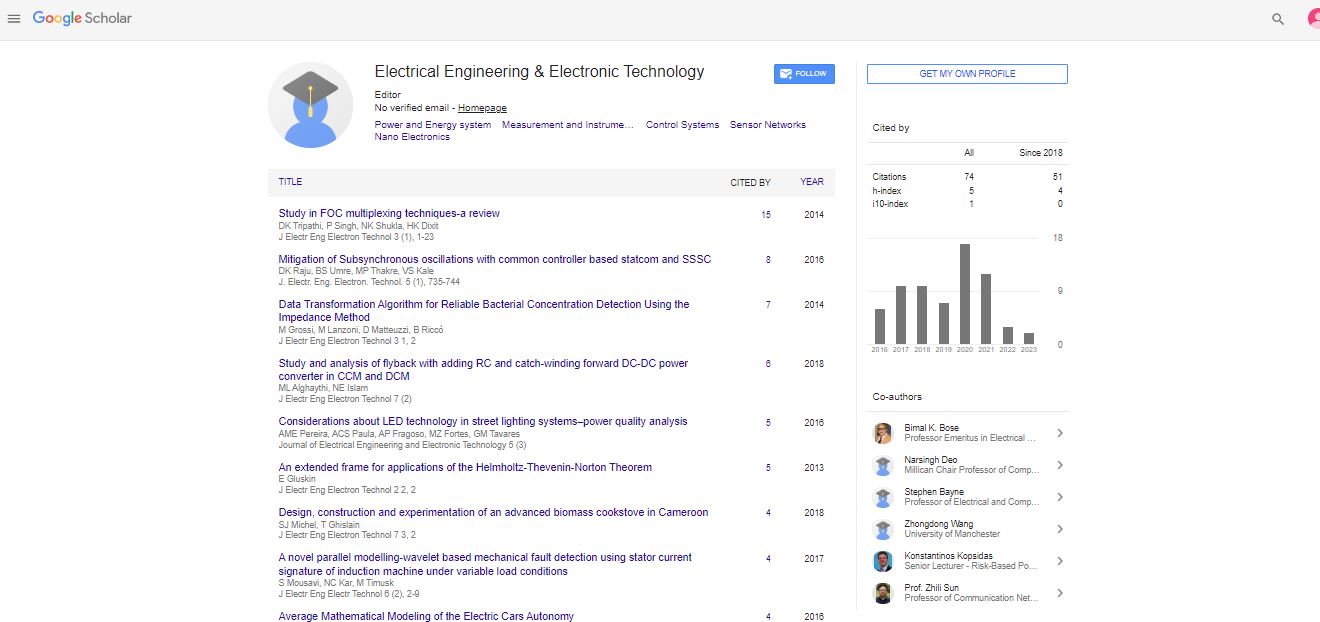Optimal CO2 laser system design for 11BCl3 excitation by the method of selective laser assisted retardation of condensation
K A Lyakhov, A N Pechen and H J Lee
Jeju National University, South Korea
Department of Mathematical Methods for Quantum Technologies-Steklov Mathematical Institute, Russia
: J Electr Eng Electron Technol
Abstract
Efficiencies of selective excitation of all or one of four chlorine isotopologues of 11B35Cln 37Cl3-n by multi-line single pulse, pulse by pulse (each pulse line is chosen accordingly to chlorine isotopologue, being excited), and continuous wave excitations within the method of selective laser assisted retarded condensation (SILARC) were compared. To carry out this task, a new formula for multi-line excitation rate was derived. Result of our simulations for multi-line laser pulse shape is shown in the Fig.1. In order to excite boron isotopes efficiently in each case, CO2 laser system was specifically designed. Optimal design criterion was introduced as a minimum of laser medium pumping rate provided that isotope separation rate is at its maximum.
Biography
E-mail: lyakhov2000@yahoo.com
 Spanish
Spanish  Chinese
Chinese  Russian
Russian  German
German  French
French  Japanese
Japanese  Portuguese
Portuguese  Hindi
Hindi 
